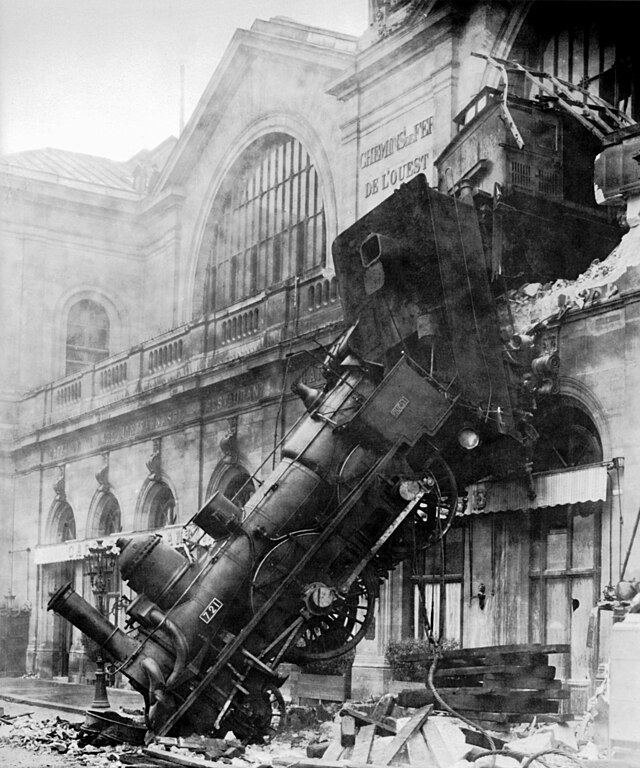aquateam
Active Member
That article isn't very clear one way or the other, but this other article seems to say more definitively that the exits are for tunnels between stations:
http://urbantoronto.ca/news/2011/03/rocket-riders-rejoice-quick-exit-has-never-looked-better
http://urbantoronto.ca/news/2011/03/rocket-riders-rejoice-quick-exit-has-never-looked-better
[...]There aren't that many of them on the system either: the TTC has generally only built the exits when the underground distance between stations is greater than one kilometer.







